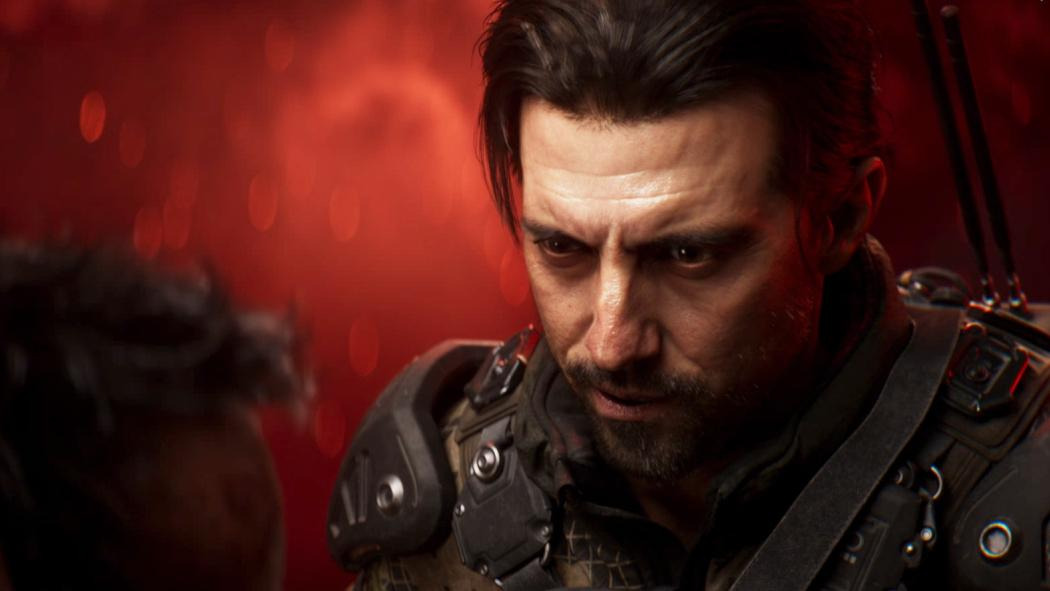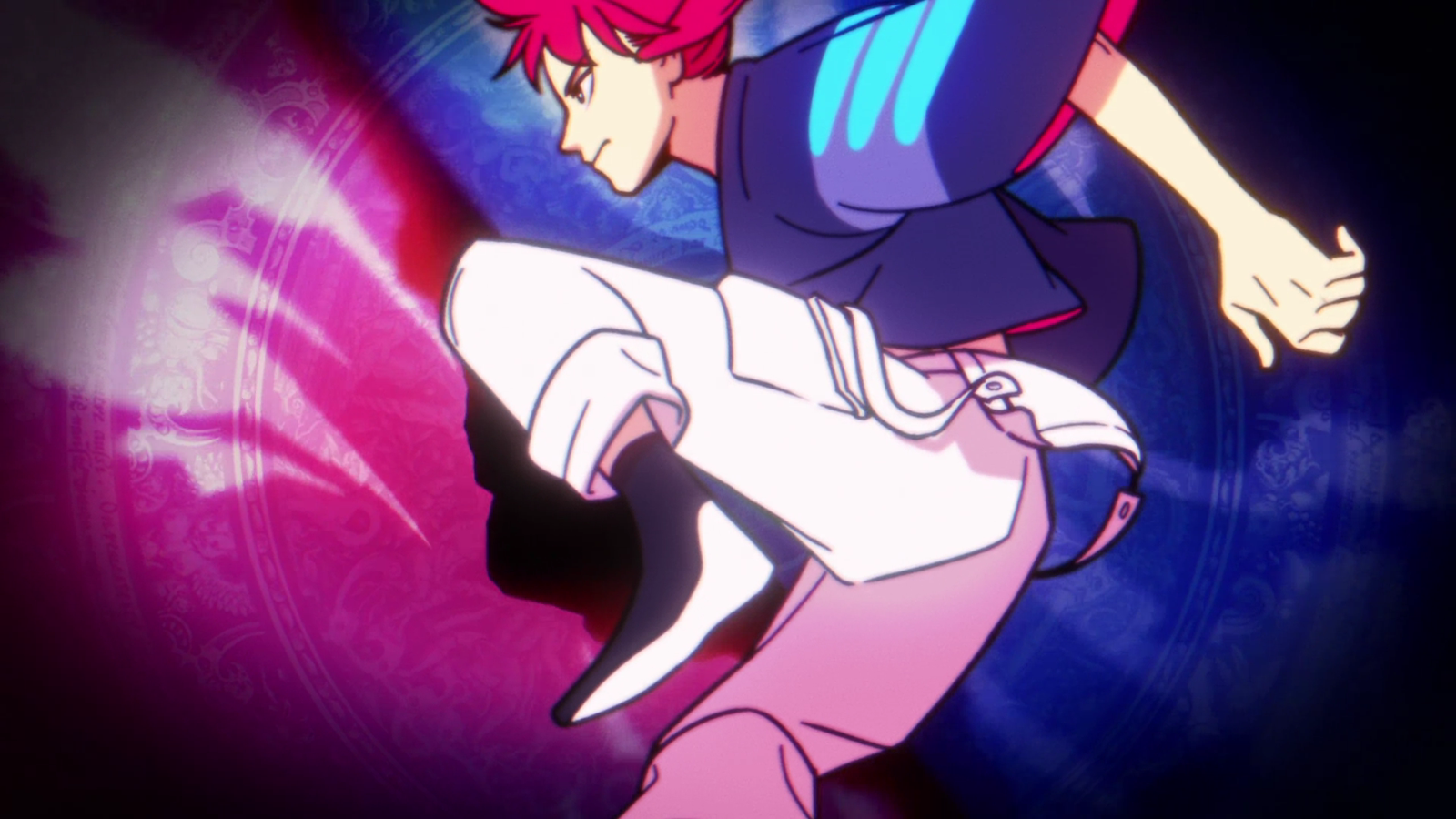You can trust VideoGamer. Our team of gaming experts spend hours testing and reviewing the latest games, to ensure you're reading the most comprehensive guide possible. Rest assured, all imagery and advice is unique and original. Check out how we test and review games here
At first glance Dishono(u)red looks like the perfect single-player game, effortlessly projecting the image of a confident, intelligent title being produced by an intelligent, confident team of auteur developers. Which is lovely, of course, but really I was just happy that I’d be able to play a multi-threaded adventure where I could finish the game without killing anybody.
But I didn’t manage to bask in the heady heights of pacifism, at least at first. Pressured by work commitments of both finishing the game and getting the review out in a timely fashion, my initial journey into Arkane Studios’ layered jaunt was spent inelegantly plonking a sharpened blade through the face of pretty much anyone who got in my way. It’s quicker, you see. And much easier, too, because you don’t have to save and reload every fifteen seconds – and, believe me, at its stealthiest Dishonored is very much a game where you’ll have to do this way more than you’d ever like. But playing like this just isn’t nearly as fun.
So, after a few hours, I knew I had to restart the game and take the longer, stealthier option. The ever-so-slowly approach through Dishonored’s watercolour backgrounds sits best with the tone; in opting for either a non-lethal or silent murderer approach, you can drink in all the opulence of the game’s fascinating and varied environments, which is easily Dishonored at its most engaging. There are multiple ways to go about its mission objectives – though they basically boil down to being either loud or quiet – but the game really excels when it’s in the shadows. The melee-led bouncy sparring works best in rare, emotive bursts rather than sustained throughout the game’s nine missions, and ultimately if you’re looking to pick up Dishonored to give people a good thumping you might want to reconsider as there are far more suitable alternatives. So, yes, I had to play the game stealthily. And I think you should too, even though you’ll almost wear your start button down to ash in the process.
Quick caveat: If you’re reading this and thinking ‘hey, this sounds like a PC game from a decade ago’ then you’d be right. Dishonored feels like a PC game from the year 2000, which is great. But there is, understandably, a few concessions to modern gaming here, such as so much excessive signposting that you rarely feel like you’ve ever discovered something by yourself.
Your conduit to all this retro-tinged face-stabbing, gentle exploration and shadow-lurking is Corvo Attano, a mute protagonist who wears his distinctive skull mask when out on his errands, which tend to skew more towards revenge and assassination than nipping out for a pint of milk and a Twix. Our protagonist has been slighted by a rebellious Spymaster and his grisly entourage, blamed and (briefly) imprisoned for the murder of the Empress while the land of Gristol lies in ruin. But, hey, these things happen, and it’s all a jolly good excuse to fire a few bullets and slash a throat or two hundred. No hard feelings, eh?
Revenge is the dish of the day, and each of Dishonored’s levels sets up an undesirable target of wealth of power before allowing you to go about executing their (arguably justified) demise in various ways, such as creeping across the rooftops, squeezing underneath dilapidated constructions or running up to the front door and chopping off everyone’s head. Corvo’s abilities are split between his left and right hand, allowing you to either dual-wield a sword and crossbow or pistol, or a magical spell afforded to him by a supernatural being in a plot line that’s never really explained but crucial to what’s going on. This is all accessed via a radial menu, and your skills are upgraded by feeding them runes found in secret places dotted around each level.
Chief amongst Corvo’s magic spells – and the only one that’s absolutely mandatory – is Blink, a short range teleport ability that’s as easy to use as it is satisfying, allowing you zip around, escape detection or whoosh yourself close to an enemy for a surprise kill. You can even use it to break your fall from a great height, which is enormously satisfying. Other blasts of magic allow you to possess creatures and people, slow down time, summon a plague of rats, see enemies through walls and conjure up a blast of wind, and while these are all useful (and entertaining) they can never outshine the simple satisfaction of being able to teleport with greater ease than the USS Enterprise.
This all feeds into the game’s signature moments, where you square off against your key targets. There are usually a few opportunities to do away with your primary foes, from simple combat to environmental hazards and third-party intervention, and if none of that takes your fancy there’s always a non-lethal opportunity that often results in a fate so nasty it’s arguably the cruellest method of all.
Dishonored weaves its yarn through aesthetic rather than narrative. Gristol, and more notably its capital city of Dunwall, is a Mary Poppins version of the Industrial Revolution, all huffing and puffing smokestacks and skies dotted with pillowy strokes of mottled grey. But this twisted city of magic, steampunk technology and nineteenth-century industry has been fashioned around an onslaught of plague and civil strife, with towering sheets of dark steel, piercing spotlights and bipedal monstrosities rising up around quaint little clumps of outhouses and cobbled pavements. But even the inhabitants of this world, whether blood-crying plague victims or gilded aristocratic villains, are physically accentuated with broad shoulders and that good old-fashioned pomp, their stiff upper lips balanced on top of the craggy cliff faces they call chins.
This is unmistakably a fresh, beautiful game, with technical foundations of gorgeous flowing animation coupled with rich and meaningful art direction. That said, mind, it only really comes into its own on PC, with the Xbox 360 version suffering its own plague of low-res textures, nasty pop-in and clammy lighting. Yet on a PC it is a phenomenal visual experience, a marriage of art and tech that will be used as a standard-bearer for the inevitable next generation of consoles. This is a rare example of a video game that is framed by both a directorial and aesthetic vision (though the abundance of American accents doesn’t quite fit) and it certainly doesn’t hurt that I’m so excited by Victorian England my eyes could weep waterfalls of raw happiness.
Yet despite the game’s myriad achievements, Dishonored never really rises up to the greatness of its potential. Arkane Studios’ effort isn’t quite as clever as it needs to be: it doesn’t really build up to anything momentous, or have anything special to say, and it’s particularly galling to see a world that’s been so painstakingly created not live up to its potential when it comes to narrative and context. Its beauty is very much only skin deep, and while the game comes with a Chaos mechanic, which alters the bleakness of the environment and the eventual ending, it never impacts the game’s events in the way it should. Arkane Studios has clearly tried to avoid making a simple morality system, but for some reason the end results feels exactly that.
Corvo never really feels like he’s grounded in his world, and the cobbled streets of Dunwall could be replaced by another aesthetic – palm trees and beaches, or even the frigging moon – without really detracting from the game’s core mechanics. Dishonored never really feels like it’s quite married its mechanics with its world and narrative, and therefore suffers when compared to some of its notable contemporaries. Whereas last year’s similar Deus Ex: Human Revolution asked players to consider the very role of man, then, Dishonored’s biggest attempt at a flourish comes from a twist so obvious you can see it coming from a hundred miles away.
This is a solid single-player adventure that lasts a good amount of time, but it’s just a shame that Arkane Studios can’t make more of Dishonored’s obvious potential. There’s plenty of posturing, and the occasional promise of greatness, but ultimately the only part of Dishonored that has any real point is the end of Corvo’s blade.
Dishonored
- Platform(s): PC, PlayStation 3, PlayStation 4, Xbox 360, Xbox One
- Genre(s): Action, Adventure, RPG







